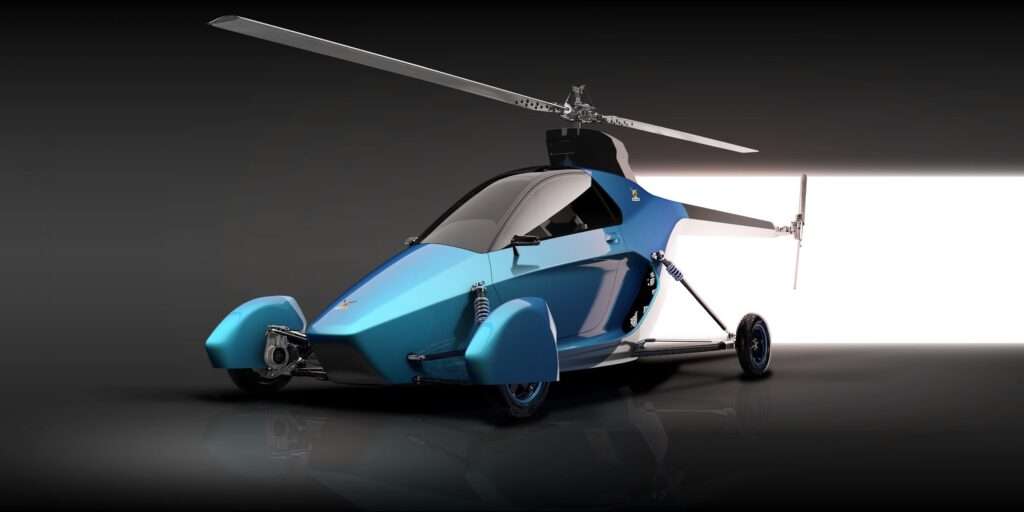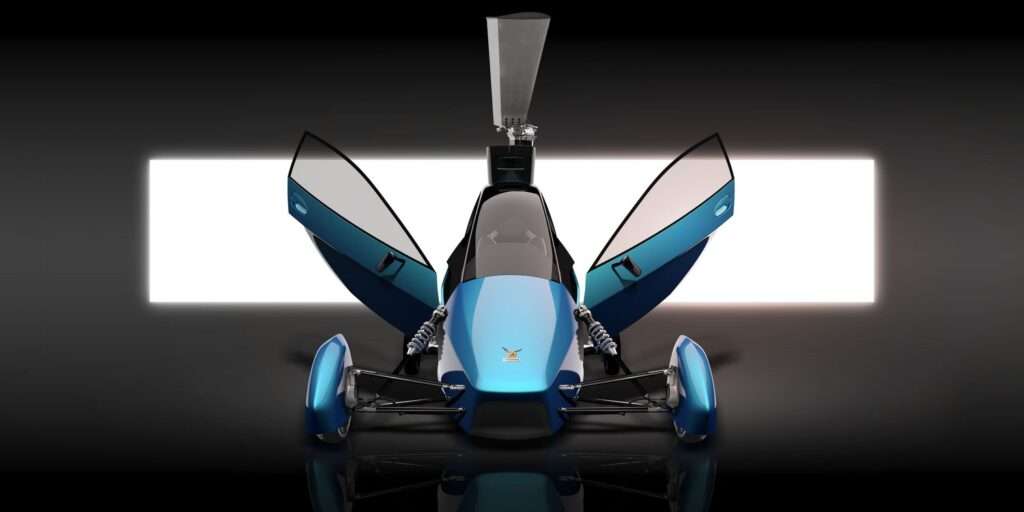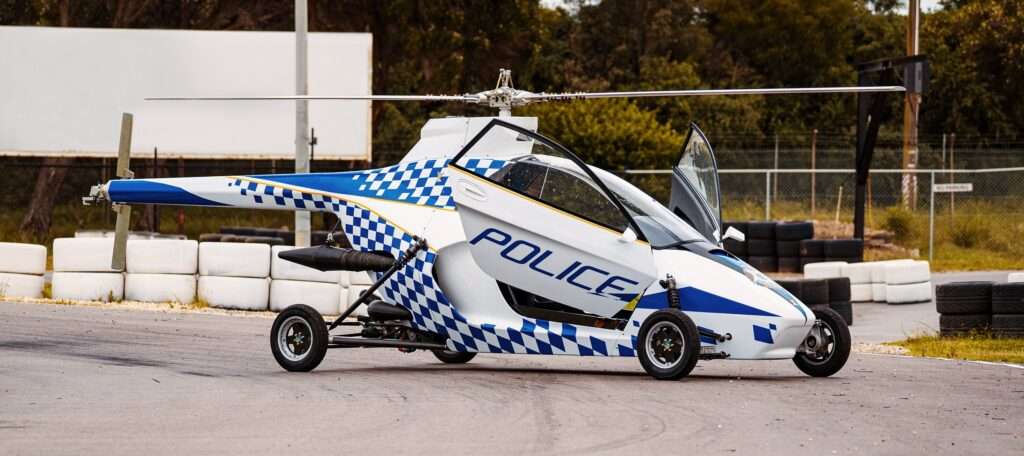Pegasus Automotive Company has introduced a flying car called Pegasus E, which can travel at highway speeds and transform from driving to flying in less than three seconds.
Flying cars have captivated the public’s imagination for over a century, symbolizing humanity’s desire to transcend traditional transportation limits. Despite the appeal, integrating aircraft and automotive technologies has proven challenging. Now, Pegasus has unveiled the Pegasus E – a bird-like vehicle that can travel at highway speeds and switch from driving to flying in under three seconds. This flying car can take off vertically and fly for up to three hours using a hybrid propulsion system and carbon fiber body.

Pegasus, based in Melbourne, Australia, also has a presence in China and is relocating its headquarters and manufacturing to Las Vegas. The company claims to have been designing its self-driving Pegasus E since 2009. The first prototype flew in 2016, paving the way for the fully enclosed Pegasus E, which made its inaugural flight in 2021.
Pegasus has received the Flight Qualification Certificate for the Pegasus E from the Australian Civil Aviation Safety Authority, allowing it to fly under current regulations. In Australia, a recreational helicopter pilot’s license is required to fly the Pegasus E, but this may differ in the United States. Pegasus states that “flying the Pegasus without a pilot’s license is possible if you have successfully completed the FAA private pilot written exam, as well as the company’s vehicle familiarization and operator training programs.”

Potential Impacts
- Reduced Traffic Congestion
The Pegasus E provides an alternative to traditional road transportation, allowing users to bypass traffic and reach destinations more efficiently. Its ability to switch between driving and flying can reduce the number of cars on the road, improve traffic flow, and decrease travel times for all commuters.
- Enhanced Emergency Response
The Pegasus E’s long-range and vertical flight and landing capabilities make it an ideal asset for emergency services. Rapid deployment and air travel can improve response times for medical rescue, border control, and traffic police, potentially saving lives and enhancing public safety.

Potential Disadvantages
- High Initial Cost and Exclusivity
The Pegasus E’s high initial cost, ranging from $300,000 to $800,000, may limit access to the general public in the short term. This premium pricing is indicative of the car’s advanced technology and performance, making it a unique choice for wealthy individuals and corporations.
- Regulatory and Safety Challenges
Integrating flying vehicles into transportation and aerospace systems raises regulatory and safety issues that require comprehensive regulations, safety procedures, and air traffic management systems. Overcoming these obstacles will require considerable effort from industry, government, and the public, potentially slowing widespread adoption.
- Environmental Concerns and Noise Pollution
While the Pegasus E is considered environmentally friendly compared to conventional road vehicles, such vehicles’ broader environmental impact and noise pollution still need to be fully understood. Addressing these concerns is critical for ensuring the long-term sustainability and public acceptance of the Pegasus E.
Pegasus is currently seeking investment to increase production from the expected 10 units in 2025 to 900 units per year by 2030. The company has ambitious plans to become the world’s leading manufacturer of flying cars, leveraging the emergence of transformative transportation technologies.



